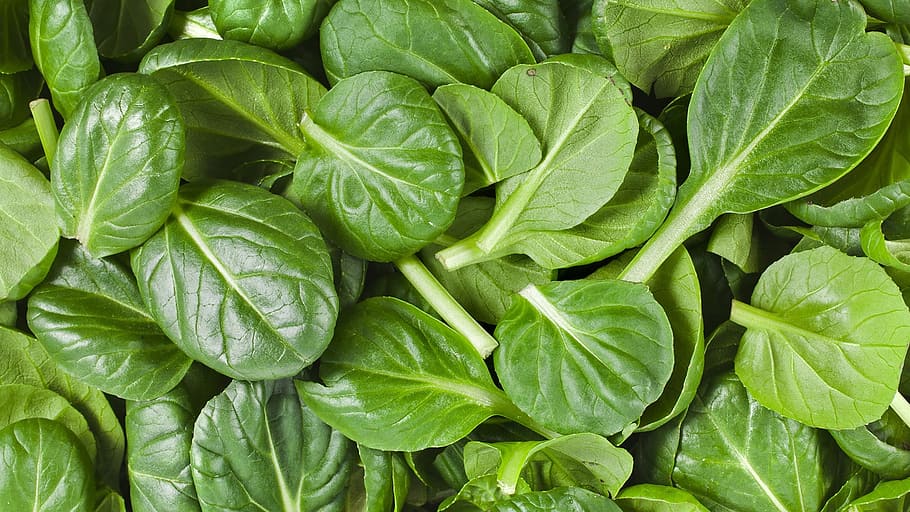No products in the cart.

Firstly, introducing Auscrops, a high-tech market vending company bridging farmers and customers together through market vendors. Click here to find out more about Spinach Silverbeet as well fruit and vegetable offers.
Spinach Silverbeet
The realm of leafy greens presents a delightful yet occasionally confusing array of choices. Among these, two stars often get mistaken for each other. Dive into the intriguing world of Spinach and Silverbeet, and let’s demystify the differences!
Introducing the Contenders
Spinach: Renowned globally, this leafy green has been a staple in various cuisines. It boasts a soft texture and a slightly bitter taste. Furthermore, it’s often seen in salads, smoothies, and various cooked dishes.
Silverbeet: Also known as Swiss chard, this plant displays vibrant stems ranging from red to yellow. Additionally, its leaves are quite broad, and the taste leans more towards earthy and mildly sweet.
Nutritional Nuances
Both greens carry a wealth of nutrients. Nonetheless, there are subtle differences:
Spinach provides a rich dose of iron and calcium. Additionally, it’s a fantastic source of vitamin A, promoting healthy vision.
Silverbeet, on the other hand, is high in vitamin K, crucial for bone health. Furthermore, it also offers an impressive amount of magnesium and iron.
Culinary Characteristics
Cooking with Spinach: This green wilts quickly. When cooked, its volume reduces significantly. Nonetheless, its versatile nature means it’s perfect for stir-fries, curries, and even raw in salads.
Silverbeet in the Kitchen: The stems need more time to cook than the leaves. As a result, they’re often added to dishes a tad earlier. Furthermore, Silverbeet’s hearty texture makes it suitable for pies, bakes, and sautés.
Growing and Gardening
Both plants thrive in cool climates. Nonetheless, their growing conditions have some variations:
Spinach prefers well-draining soil and consistent moisture. Furthermore, it’s a fast grower, often ready to harvest in just 4-6 weeks.
Silverbeet requires fertile ground and adequate space for its broad leaves. Additionally, this plant can be continuously harvested throughout its growth, making it a gardener’s delight.
In Conclusion
While both greens might seem similar, they have distinct characteristics that set them apart. Whether you’re a culinary enthusiast or a gardening aficionado, understanding these differences can guide your choices. So, next time you’re at the market or planning your garden, you’ll know exactly which green suits your needs. Embrace the diversity of nature and savor the unique flavors each offers!
Click here to read similar articles.
 Français
Français 












